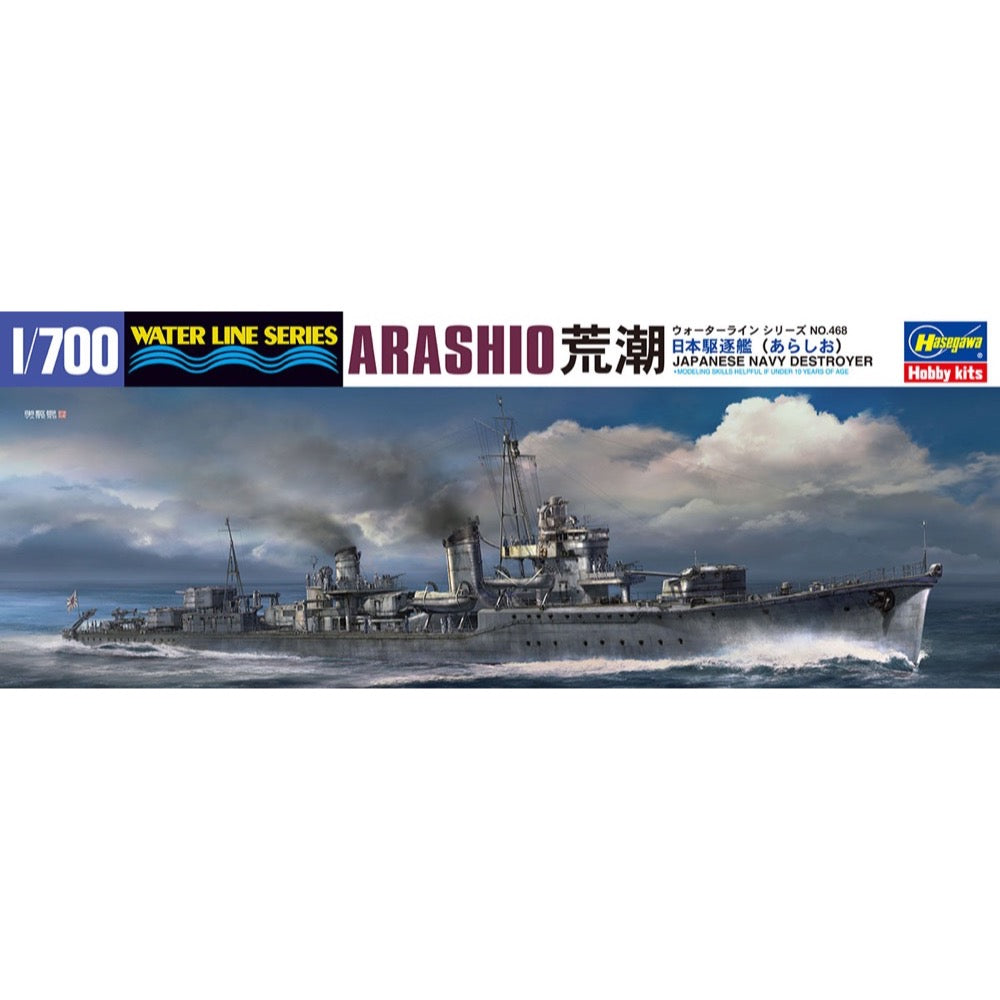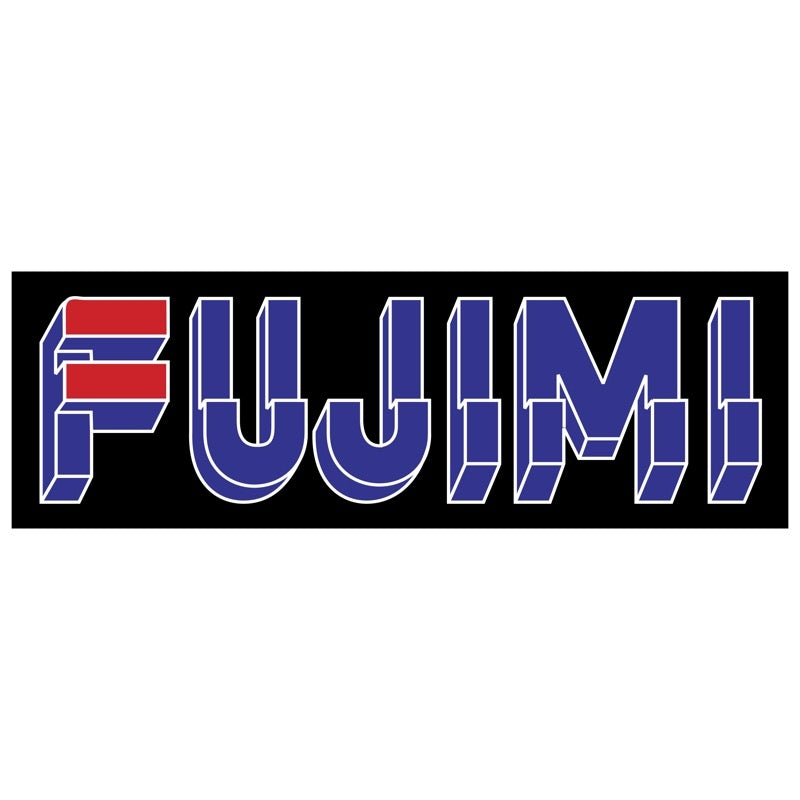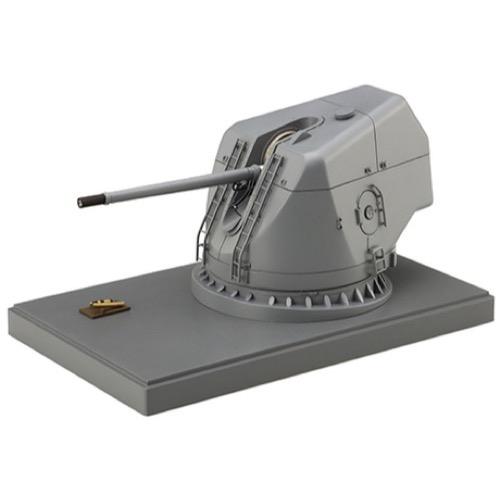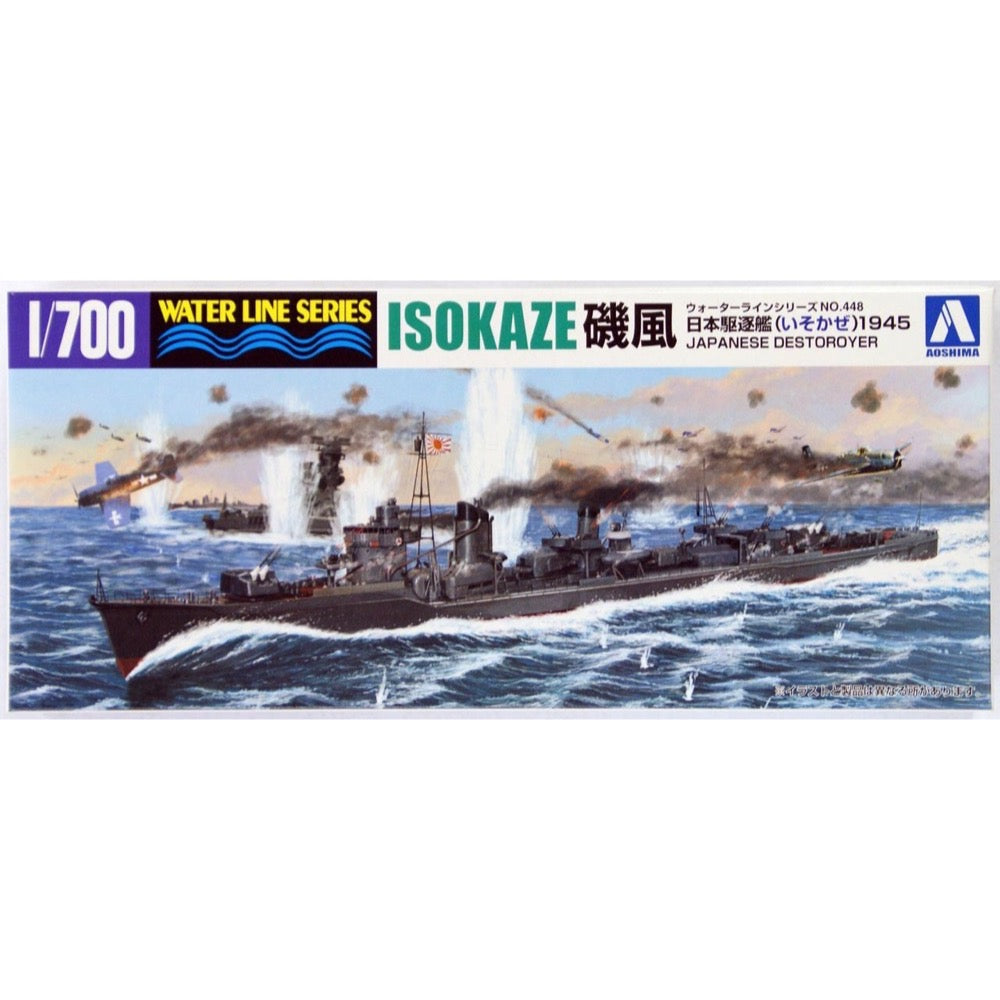
Aoshima A003779 1/700 IJN Destroyer Isokaze 1945
10.00
$
<p>The I-401 was a Japanese WWII submarine that entered service with the Imperial Japanese Navy in January 1945. At the time of launching, the ship was 122 m long, 12 m wide, and her displacement in draft was 6,560 tons. The maximum surface speed of the I-401 reached 18.75 knots on the surface. The main armament at the time of the launch was 8 533 mm torpedo tubes, 1 140 mm gun, 3 35 mm cannons and a single 25 mm cannon. The ship also had aviation equipment in the form of 3 M6A1 Seiran planes.</p>
<p>The I-401 was of the I-400 type. This type included one of the largest submarines built during World War II, which belonged to the so-called submarine cruisers. On the I-401, rubber plates were used to silence its operation and activities, and to make it difficult to detect by sonar. It was also equipped with grills, which made it possible to use internal combustion engines while submerged. Due to the late entry into service, the I-401 did not take part in any major combat operations. The vessel disposed of all weapons and code books on August 26, 1945, and three days later surrendered to the high seas to the USS Segundo. The I-401 was then used by the US Navy as a target ship and was finally sunk in May 1946 near Pearl Harbor.</p>
<p>This is an injection-plastic ship model kit.</p>
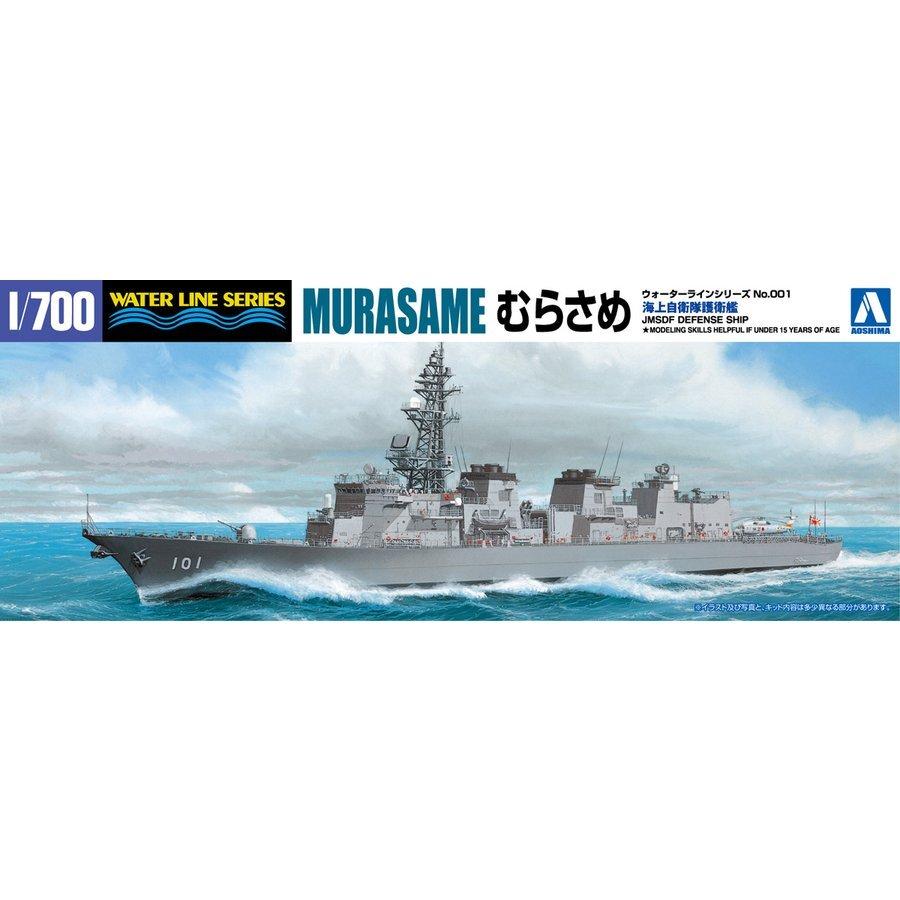
Aoshima A004594 1/700 JMSDF DD Murasame
14.00
$
<p>The Murasame (DD-101) is a modern Japanese missile destroyer, the keel of which was laid in 1993, launched in August 1994, and commissioned in 1996. The total length of the ship is 151 meters and 17.4 meters wide. Full displacement is about 6,100 tons, and the maximum speed is around 30-31 knots. The destroyer's armament includes: a single 76 mm gun, two 20 mm Vulcan Phalanx CIWS sets, two VLS Mk.41 and Mk.48 16-rail launchers, and two triple torpedo tubes. The ship has a single Mitsubishi SH-60 helicopter.</p>
<p>Murasame (DD-101) is the lead ship of the destroyer class of the same name. Units of this type have been designed and constructed primarily in terms of ZOP (anti-submarine combat) activities and countering surface targets. The Murasame-class destroyers arose as successors to the Asagiri-class. Compared to their predecessors, they have several significant improvements. First of all, they used some of the achievements of stealth technology - especially in the construction of superstructures. Murasame-class ships also have much more modern electronic equipment (especially radars) and missile weapons located in vertical VLS launchers. The first ship of this class was the Murasame (DD-101), which was built at the IHI Corporation shipyard in Tokyo. In 1998, 2000 and 2003, the unit took part in the international RIMPAC maneuvers. In 2004, the unit was sent to the Arabian Sea and Persian Gulf region to support American forces operating in that region, and four years later Murasame (DD-101) operated in the Indian Ocean providing logistical support to international forces taking part in operations in Afghanistan. Interestingly, in 2005, the destroyer took part in the celebration of the 200th anniversary of the Battle of Trafalgar. In 2010 and 2012, the destroyer operated in the waters of the Gulf of Aden and the Horn of Africa, carrying out anti-piracy activities and - above all - protecting civil shipping. Murasame (DD-101) is currently in active service.</p>
<p>This is an injection-plastic ship model kit.</p>
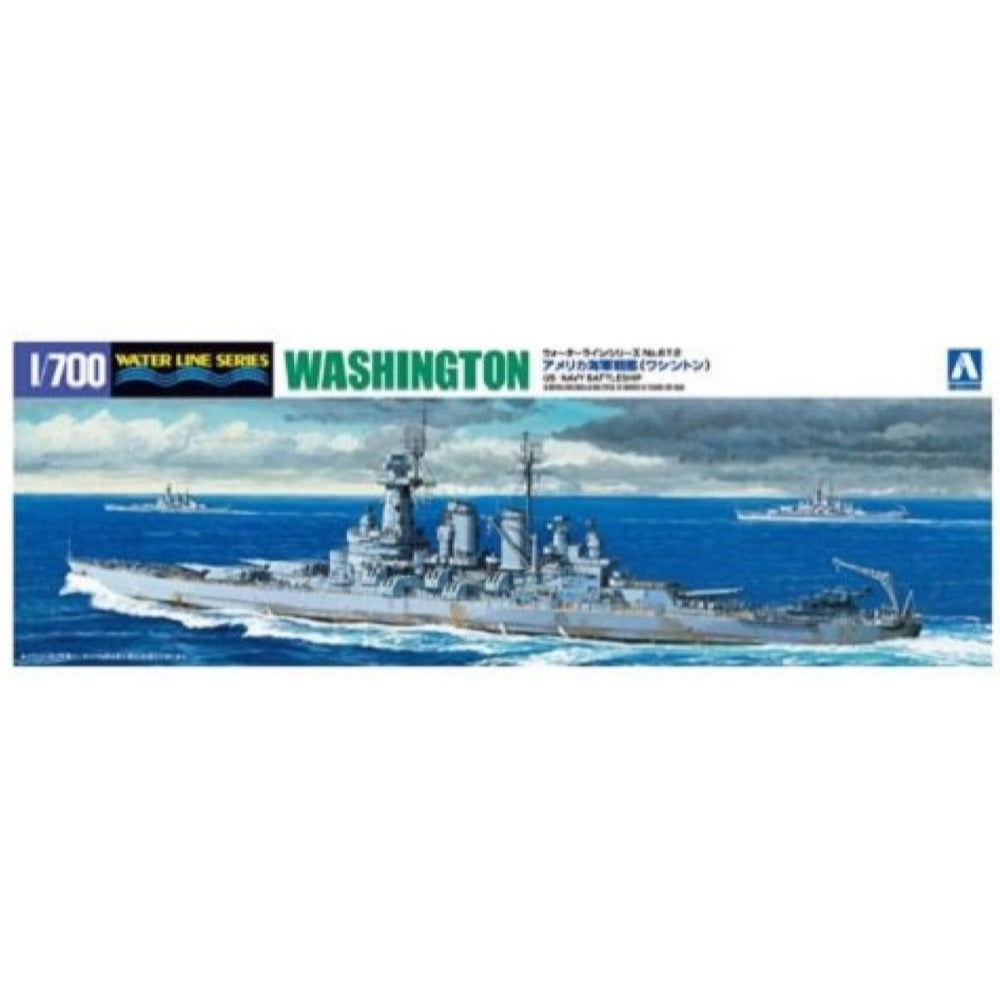
Aoshima A004601 1/700 US Navy Battleship Washington
15.00
$
<p>USS Washington (BB-56) was an American battleship laid down in 1938, launched in June 1940, and commissioned in the US Navy in 1941. The ship was 222 m long, 33 m wide, and her full displacement - at the time of launching - 44,400 tons. The maximum speed of the USS Washington battleship was 26-28 knots. The main armament was 9 406 mm guns in three turrets of three guns each, and the secondary armament was mainly 20 127 mm guns.</p>
<p>USS Washington was the second and last battleship of the North Carolina class. This type of ships was one of the first modern US Navy ships of the World War II period. Their construction was not guided by any tractor restrictions, which resulted in a significant increase in displacement to the so-called standard battleships and the ability to mount powerful main and secondary weapons located in separate towers, not casemates. The new battleships also have improved performance over battleships such as Colorado and Pennsylvania. USS Washington (BB-56) underwent its baptism of fire in World War II in the waters of the Atlantic, operating with the British Home Fleet from March to July 1942. During this period, it also covered Arctic convoys from Great Britain to the USSR. However, in mid-1942, he was transferred to the Pacific, where he took part in the fighting in the Gudalcanal area. On November 15, 1942, it fought a victorious artillery fight with the battleship Kirishima, as a result of which the Japanese battleship had to be finished off by its own destroyers the next day. In 1944, the USS Washington took part in the Battle of the Philippine Sea. In February 1945, the ship supported the invasion of Iwo-Jima with its artillery fire, and in March it acted against port installations in the Japanese Islands. USS Washington (BB-56) was decommissioned in 1947 and sold for scrap in 1961.</p>
<p>The U.S. Navy's battleship Washington joins Aoshima's 1/700-scale "Waterline" ship model kit series! The Washington was the second of the North Carolina-class battleships built by the U.S. military after the Washington Naval Treaty. In the Pacific War, she achieved results such as sinking the Japanese Navy's battleship Kirishima in the Third Battle of the Solomons.</p>
<p>This is an injection-plastic ship model kit.</p>
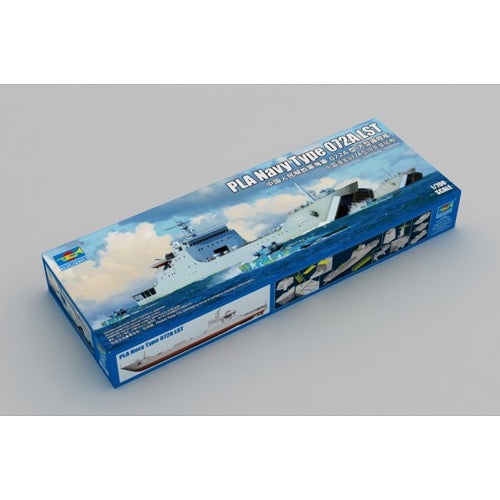
Trumpeter 06728 1/700 Chinese Navy 72A Tank Landing Ship
11.00
$
<h3>PLA Navy Type 072A LST</h3>
<p>The Type 072A landing ship (NATO/OSD Yuting II-class landing ship tank) is a class of amphibious warfare ship in the Chinese People's Liberation Army Navy.</p>
<h3>Features</h3>
<ul>
<li>
<p>Hull made from multi-directional slide moulds</p>
</li>
<li>
<p>Contains display stand and engraved name plate</p>
</li>
<li>
<p>Photo-Etched parts included</p>
</li>
</ul>
<h3>Specifications</h3>
<ul>
<li>
<p>Scale: 1:700</p>
</li>
<li>
<p>Item Type: Plastic Model Warship Kit</p>
</li>
<li>
<p>Total Sprues: 5 sprues and hull</p>
</li>
<li>
<p>Photo Etched Parts:1 piece</p>
</li>
<li>
<p>Total Parts: 90+</p>
</li>
<li>
<p>Length: 183mm Beam: 26.4mm</p>
</li>
</ul>
<p> </p>
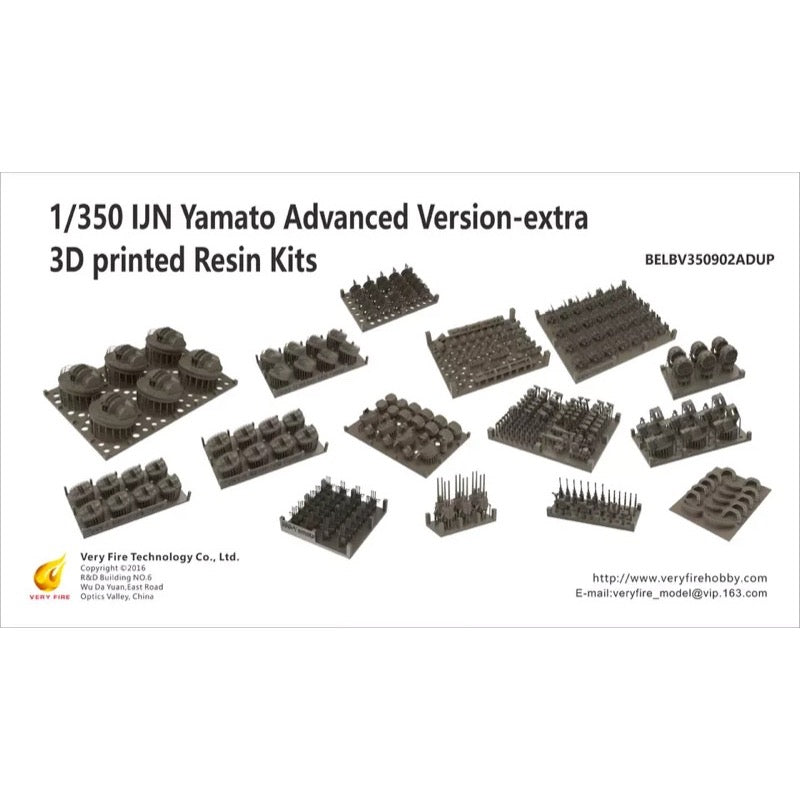
Very Fire BELBV350902ADUP 1/350 IJN Yamato Extra 3D Printed Resin Detail Up Set
71.00
$
<b>Detail set only. Does not include model kit </b><h3>IJN Yamato Extra 3D printed resin kits</h3>
<ul>
<li>1/350 Scale</li>
<li>Advanced version</li>
</ul>
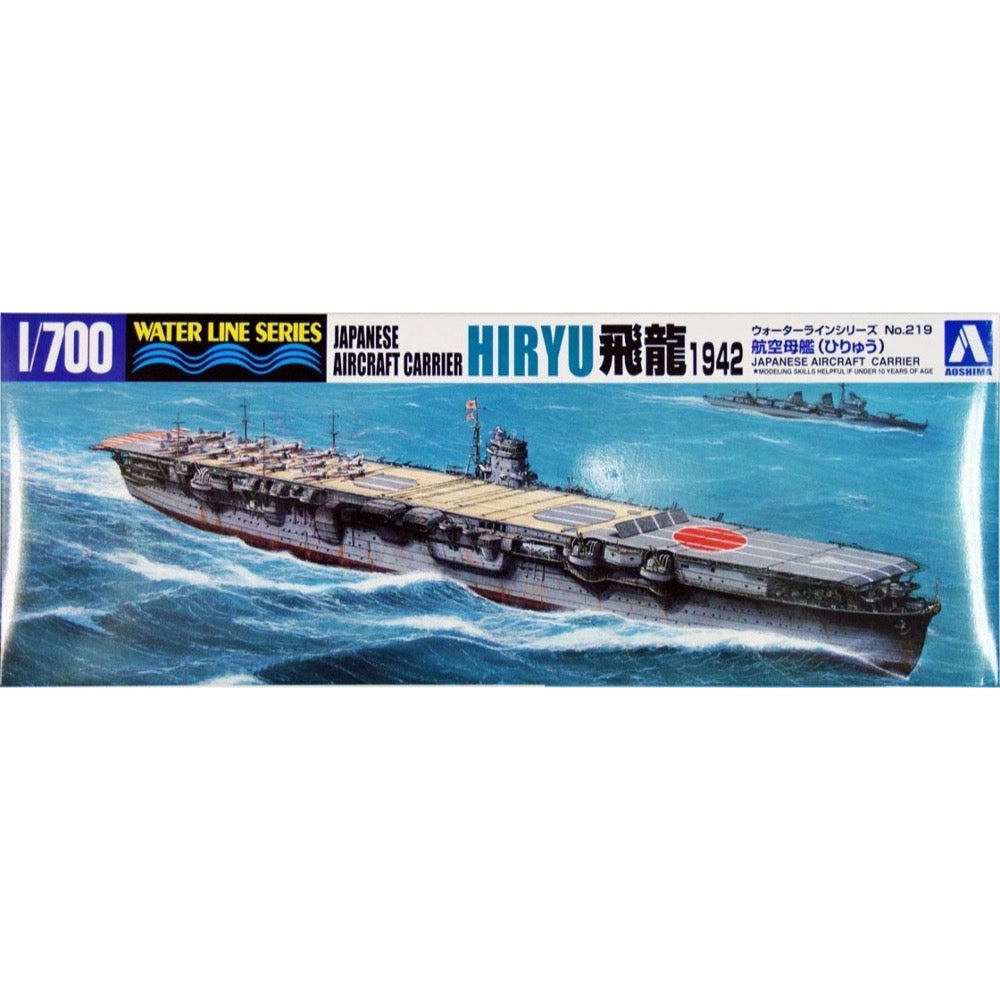
Aoshima A003148 1/700 I.J.N. Aircraft Carrier Hiryu 1942
25.00
$
<p>Hiryu (Japanese Flying Dragon) was a Japanese aircraft carrier, the keel of which was laid in 1936, launched in November 1937, and commissioned in the Imperial Japanese Navy in July 1939. The ship was 227.4 meters long, 22.3 meters wide, and had a full displacement of 21,900 tons. The maximum speed of the aircraft carrier Hiryu oscillated around 33-34 knots, and its main armament consisted of 73 on-board planes.</p>
<p>Numerous design solutions on Hiryu were the result of the experience gained by the Japanese during the operation of other aircraft carriers - primarily Hosho, Kaga and Akagi. As a result, already in the course of design, a lot of emphasis was placed on the maximum speed of the new aircraft carrier and its greatest possible impact force, expressed in a large number of on-board aircraft. On the other hand, the ship's armor was treated as secondary, as it was completely inadequate to protect the ship from an air attack. In parallel with Hiryu, his sister unit - Soryu - was being built - but the two ships differed quite significantly, e.g. in the location of the superstructure. During World War II, Hiryu participated in the attack on Pearl Harbor in December 1941, and in early 1942, his on-board planes took part in a raid on Port Darwin in Australia. In April this year, Hiryu also took part in the famous rally of the Japanese fleet to the Indian Ocean. He also took part in the Battle of Midway (June 1942) where he was sunk by American on-board planes, along with his commander - Rear Admiral Yamaguchi.</p>
<p>Newly-tooled kit of the Japanese CV which was the only one of the four sunk at Midway to survive the initial US strike and launch a counterattack. Planes from Hiryu went on to cripple Yorktown, but Hiryu was eventually located and sunk. This version of the kit includes aircraft from 1942 for the deck compliment. Pretty good detail all around. Entire lower hull is molded as one piece.</p>
<p>This is an injection-plastic ship model kit.</p>
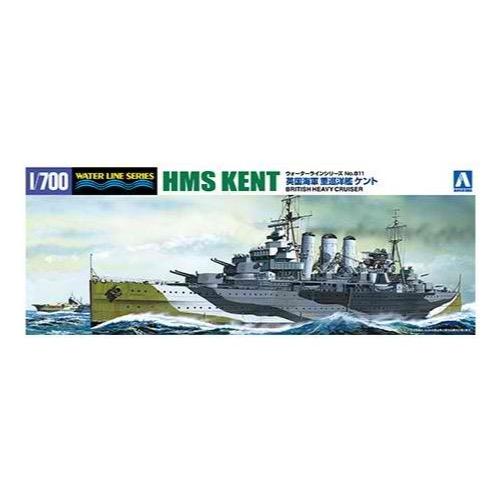
Aoshima A005673 1/700 British Heavy Cruiser Kent
22.00
$
<p>HMS Kent (54) was a British heavy cruiser of the interwar period and World War II. The keel was laid for this unit in November 1924, the launch took place in March 1926, and the entry into service with the Royal Navy - in June 1928. The total length of the ship at the time of launching was 192 meters, total width 20.9 meters, and full displacement - about 13,700 tons. The maximum speed was around 31.5 knots. The deck armament at the time of launching included: 8 203 mm guns arranged in four turrets of two guns each, 4 single 102 mm guns, 4 single 40 mm anti-aircraft guns, and two quadruple 533 mm torpedo launchers.</p>
<p>HMS Kent (54) was one of the County-class British heavy cruisers. Units of this type were built in accordance with the provisions of the Washington Treaty of 1922, but had good main armament, good armor and good top speed. They largely replaced the cruisers from World War I in the Royal Navy. One of the ships of this class was HMS Kent (54), which was built at Chatham Dockyard in Kent. He began his service in the Royal Navy by representing the British flag in the Far East, being part of the 5th Cruiser Squadron. In the years 1929-1930 it was rebuilt, receiving, among others: a new anti-aircraft fire control system. However, in 1937 it received modernized armor and changes were made to its engine room. At the end of 1939, HMS Kent participated in the search for the German pocket battleship Admiral Graf Spee, and from the beginning to the summer of 1940, it operated in the Indian Ocean. From the second half of 1940, it operated in the Mediterranean Sea, taking part in, inter alia, escorting convoys to Malta. In the course of carrying out these missions, it was seriously damaged and spent almost the entire year 1941 on repairs and modernizations. At the turn of 1941-1942, he served in the North Atlantic, supporting the cover of the PQ-10 and PQ-16 convoys. In July 1944, he took part in an action against the battleship Tirpitz. Cruiser HMS Kent has been decommissioned and placed in the fleet's reserve. It was later used as a target ship, and in 1948 was sold to a shipyard for scrapping.</p>
<p>The 1941 version of the HMS Kent now joins the 1/700-scale Waterline model kit series from Aoshima! This version reproduces the Kent as she was seen after the Battle of Benghazi, with new parts for the characteristic three masts and Type 284 radar bridge. An in-scale British military reconnaissance plane, the Supermarine Walrus, is included, as are general decals for British heavy cruisers. </p>
<p>This is an injection-plastic ship model kit.</p>



